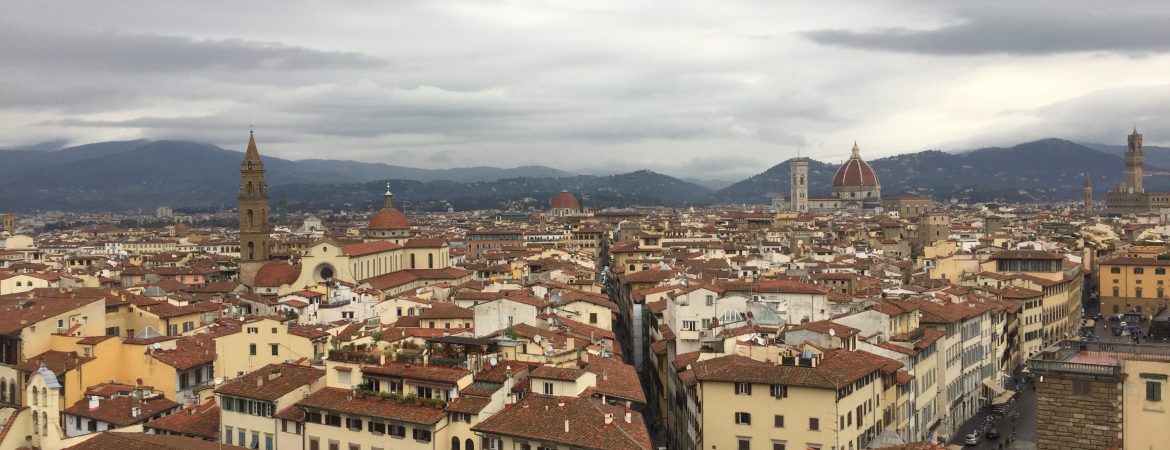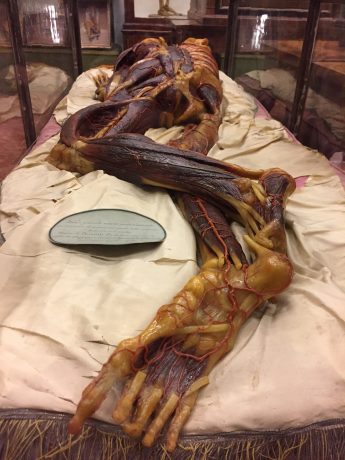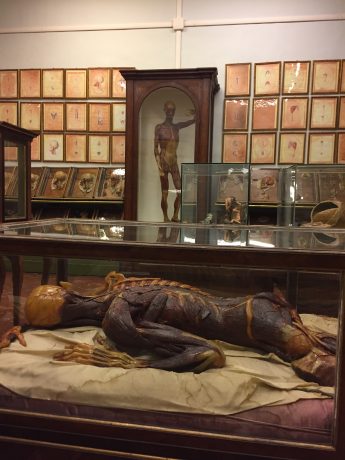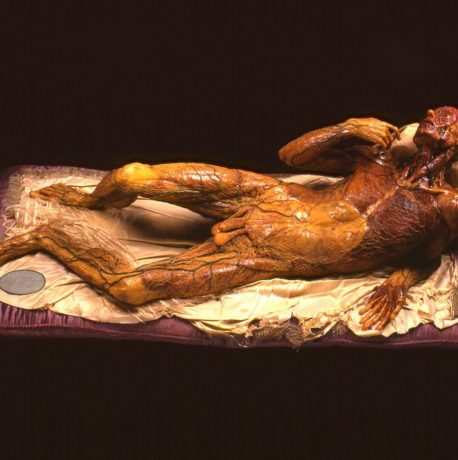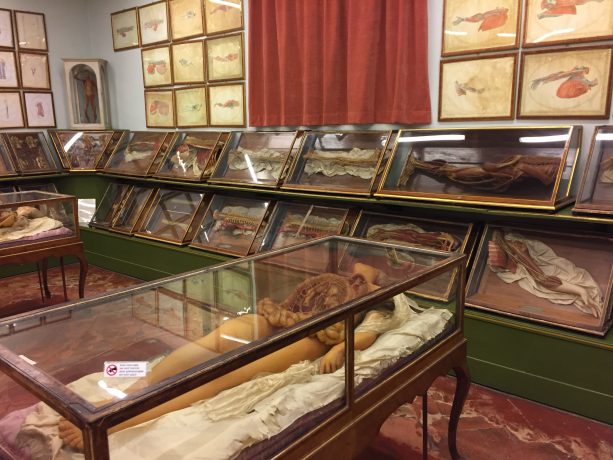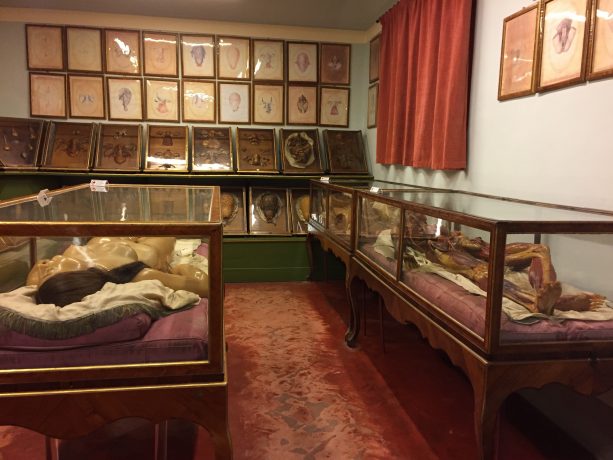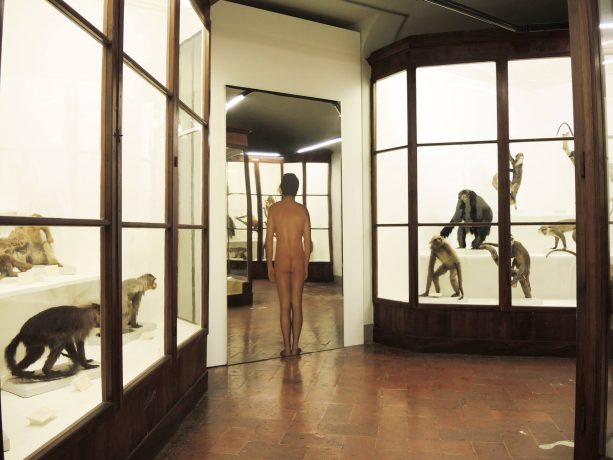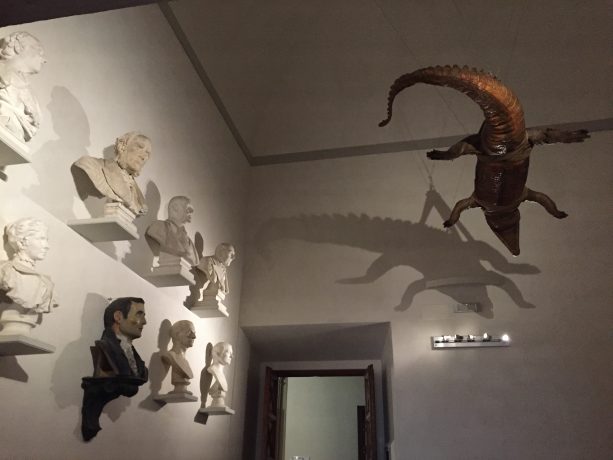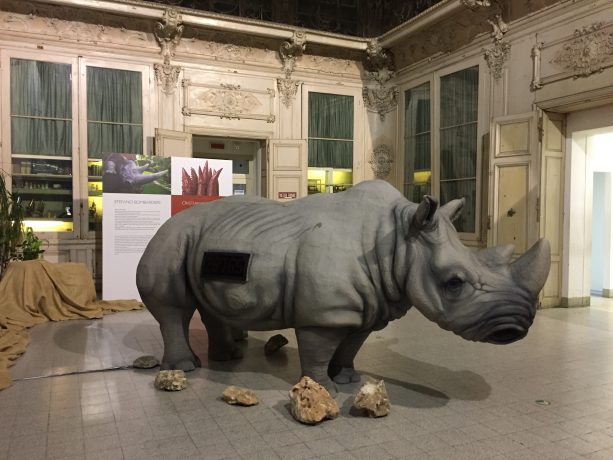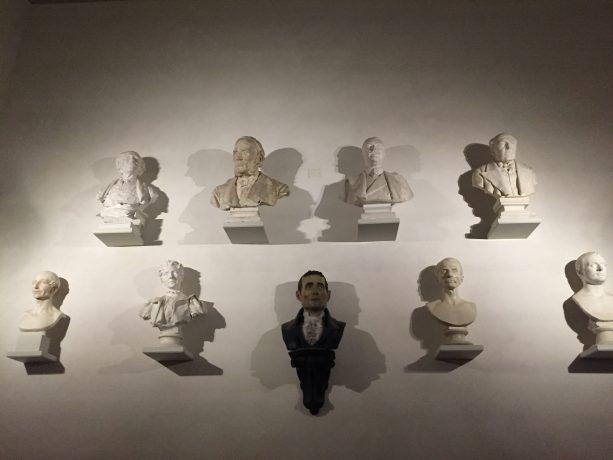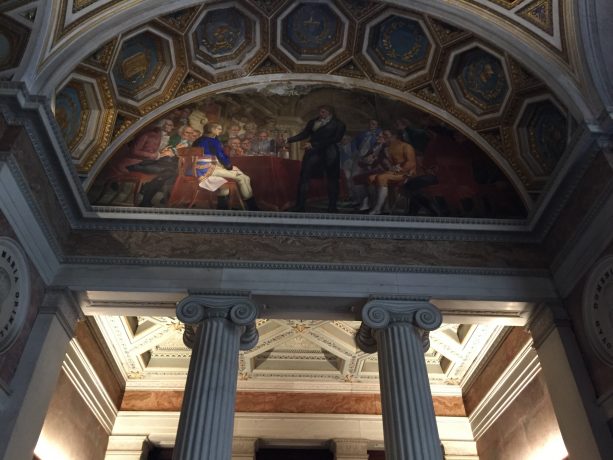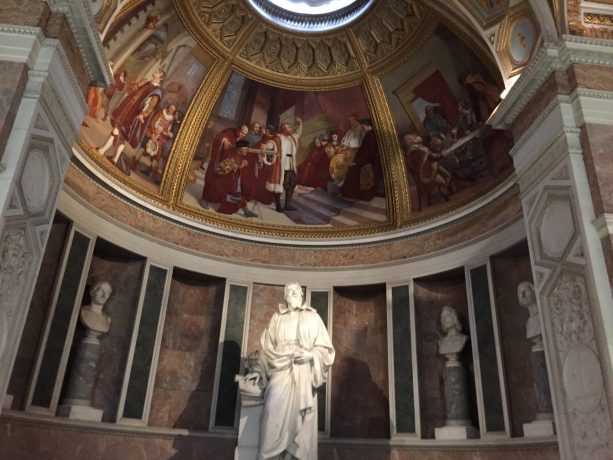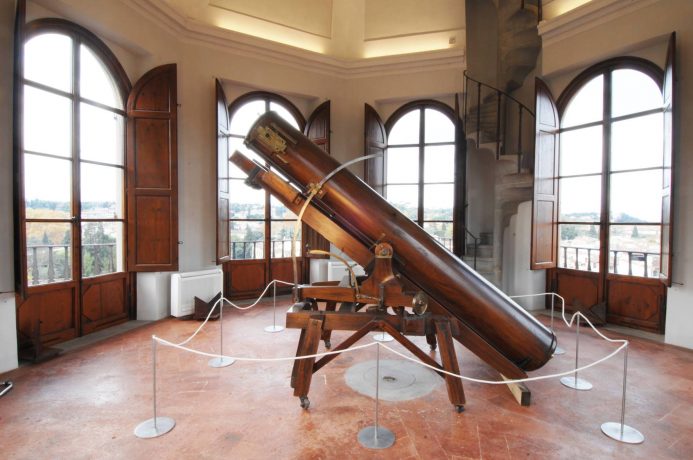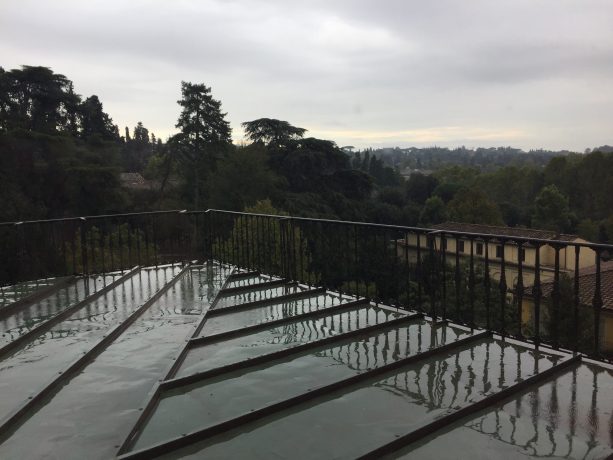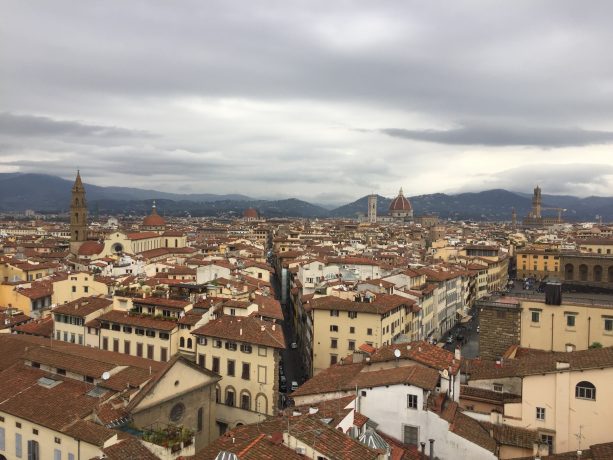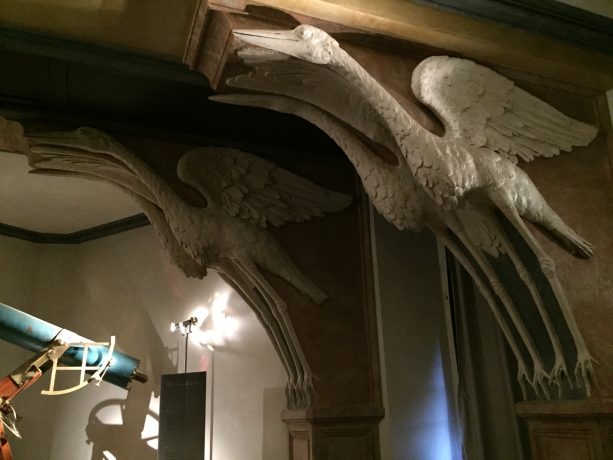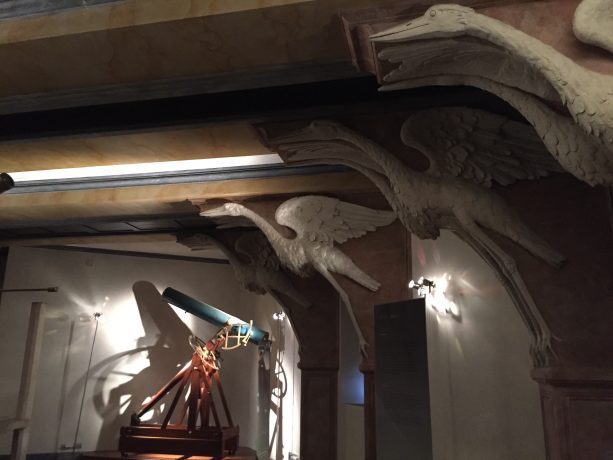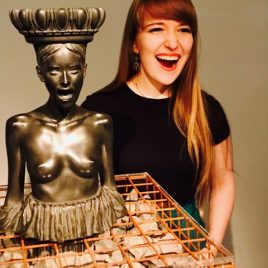Travellers are usually divided into two categories: spontaneous and planners. But for this museum even the impulsive and instinctive ones should plan ahead.

Of course, you can visit the museum without reservations, but you’ll miss out on 2 out of 3 exclusive experiences that it offers. We are talking about a fabulous view of Florence and an impressive skeleton hall. One special part of the Museum that you will see even without booking a visit is an extraordinary collection of anatomically correct wax models, matching the artistic understanding and skill of any Renaissance sculptor. Which brings us to why you should or should not visit the museum.


The Grand Duke of Tuscany, Pietro Leopold of Lorraine, established the museum in 1775 as the first to present nature in its entirety. Seeing these incredibly life-like mannequins, you realize that our ancestors were much more stout-hearted than we had originally thought. In the late 18th century 1,400 wax human figures were made to show how our bodies work in detail.


The aim of this endeavour was to obtain a true scientific-educational treatise that would illustrate the anatomy. If you are not ready for the incredibly true-to-life mannequins, some flayed and some dissected, maybe it is better to skip. Although we must say that the Museum nourishes the spirit of Renaissance, which marked the unification of science and art and the meticulously crafted figures are worthy of an art museum.
The Skeletons Hall (available by appointment) hosts the Osteological Collection. The 3000 specimens kept here include skulls, bones and complete skeletons of vertebrates (especially mammals). Remember – these are all bones of modern animals, not fossils. We were in awe when visiting. Even though the collection is presented in a rather old-fashioned way, it’s perfect for anyone who wants to know more about nature without any sugarcoating. Think less “Animal Planet”, more “NatGeo Wild”.


The Museo di Storia Naturale is a part of the University of Florence and is organized in eight sections located throughout Florence. The sections are: Anthropology and Ethnology, Biomedicine, Botany, Chemistry, Geology and Palaeontology, Mineralogy, Botanical Garden, Zoology. All collections are worth visiting by specialists, but we’re focusing on the Zoological section, known as “La Specola” which is situated near Palazzo Pitti.
The location is not accidental, Grand Duke Pietro Leopold established the museum so he would have a “Palace of Science” close to his residence, the Palazzo Pitti. Architect, Gasparo Maria Paoletti, reconstructed the noble Palazzo Torrigiani and added a “small tower” – an astronomical observatory.
It is made up of a Sundial Room where the movements of the heavenly bodies were observed and the Octagonal Upper Room where 360-degree observations of the sky were made. Today you can visit the Observatory only by reservation, and we highly recommend doing so to enjoy the beautiful view of Florence!

Also in the museum you’ll find samples of mineralogical items with some of the world’s largest crystals as well as great educational materials on geology and palaeontology. All in all, it’s not just another Natural History Museum; it’s a human thirst for knowledge and desire to understand the natural world. And don’t miss the zoological subjects, especially the stuffed hippopotamus, who was a 17th century Medici pet and lived in the Boboli Gardens.

Tip: Special offer for those visiting both “La Specola” and the Galileo Museum. Visitors with a ticket for one of the two museums can get a reduced ticket to the other museum.
Make reservations to visit the Observatory and the Skeletons Hall by calling the Museum +39 055 2756444
Fact: The success following the Museum’s inauguration was great and the visitors included a surprising number of women (almost 40%), which provides a socially and historically important perspective. It appeared that 1780s women were not only interested in art, but fancied science.
